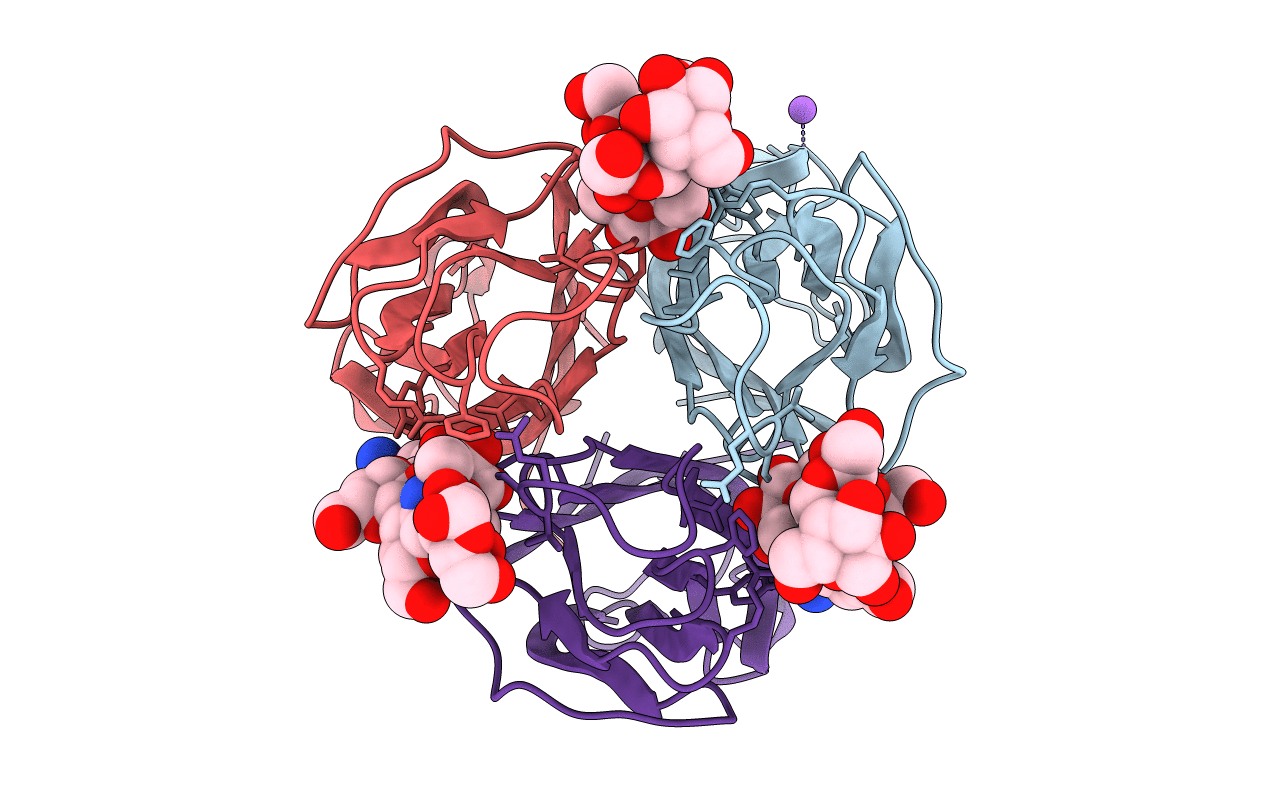
Deposition Date
2020-08-05
Release Date
2021-04-07
Last Version Date
2024-01-31
Entry Detail
PDB ID:
6ZZW
Keywords:
Title:
Structure of the N terminal domain of Bc2L-C lectin (1-131) in complex with Globo H (H-type 3) and CAS No 912569-62-1
Biological Source:
Source Organism:
Host Organism:
Method Details:
Experimental Method:
Resolution:
1.90 Å
R-Value Free:
0.23
R-Value Work:
0.18
R-Value Observed:
0.18
Space Group:
C 1 2 1


